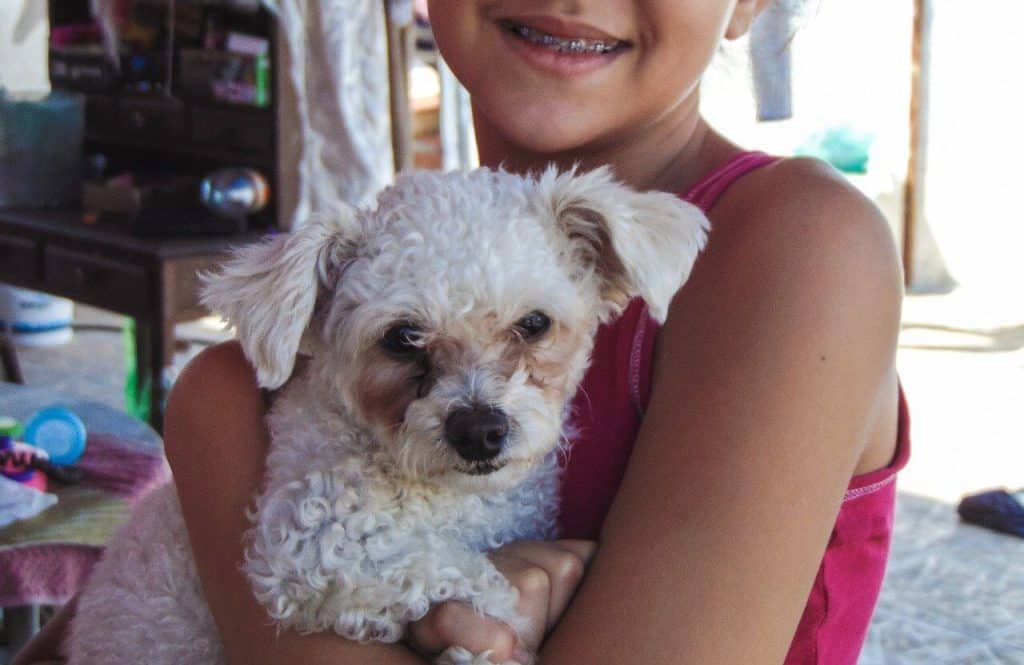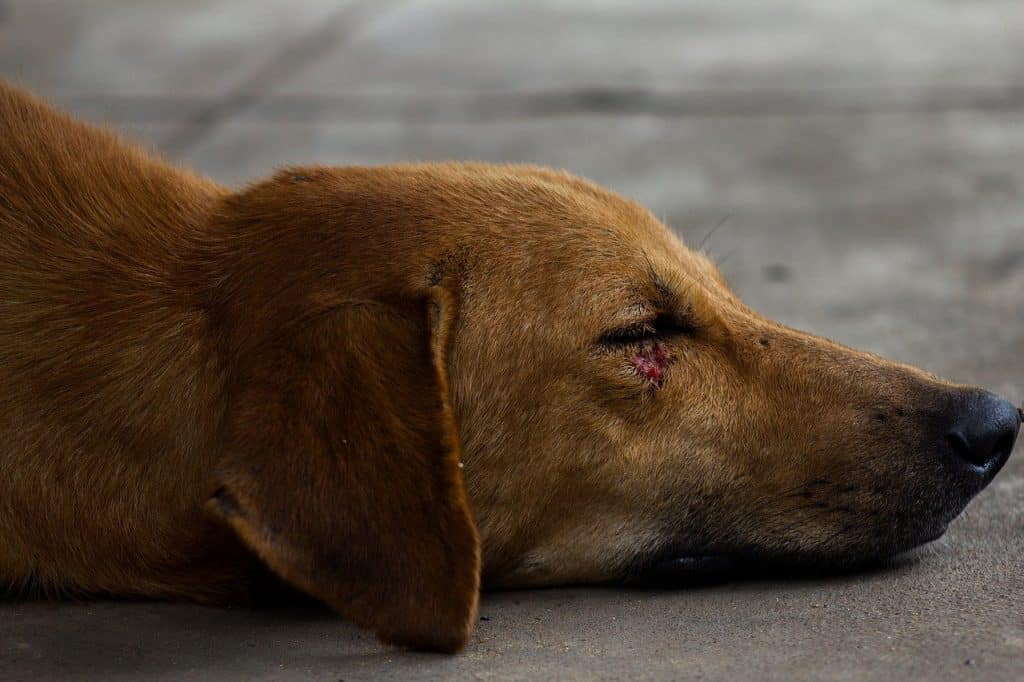If you have a pup, then it’s more like a part of your family. We tend to love play and take care of them, not less than our child. And yeah, it’s most vital too.
You need to take care of your friend to win its love and loyalty in return, right. However, winters are not a very good time for pets. A slight carelessness and then your puppy will take days to heal.
On a cold night, when you walk along the roadside with your dog, it may feel cold. So, when you buy coats for your children, mind buying one for your four-legged little friend. Do animals really feel cold? Can they also fall ill due to cols? The answer is yes!
Many factors can contribute to the sensitivity of feeling cold to a dog, such as age, size, coat color, etc. Try to keep them warm on such cold nights. But how you could know that your dog is feeling chilly. What should you do if you find your dog shivering with cold? Read the article to the very end to learn all the risk factors to your pup in winters, symptoms of cold, and how you can help them in this situation.
Table of Contents
Symptoms Of Cold
The risks of sensitivity to cold weather vary between different dog types. If your dog has poor health conditions, there are chances that it feels cold in winter. If you think animals are born with a natural coat and do not bother the surrounding rise and fall in temperature, then you may be wrong.
Just like when it is cold outside, human beings put on cold clothes to keep them warm. The surrounding cold temperature also affects the dog. Do not take your dog outside too much when it is too cold.
If your dog is one that is not good with low temperature, then he may manifest the following symptoms
Frostbite
More blood is supplied to vital organs than peripheries like ears, nose, paws, and tail in cold weather. The blood vessels become narrow and constrict, and tissues of these parts can freeze. So, these body parts may get dark red or black, so make sure to warm up the dog. Some signs associated with frostbite include:
- The skin may become discolorated, pale, or bluish.
- The rea of the skin can be inflamed and painful to touch.
- Redness or ulcers can form in extreme conditions.
- There are the areas of blackened, dead tissue (in severe cases)
- There is swelling of the affected area (due to edema)
- There is blistering or skin ulcers
- It may face Joint stiffness or clumsiness
- Pain and tenderness in the affected area
Shivering
It is the most common reaction shown by the dog when it is feeling cold. Due to trembling, its tail becomes close to the body. Other body parts will also feel chilly to you. It is one of the body’s processes to generate heat to keep it warm. It is body shivering thermogenesis. Make your dog sit beside a heater or any other heating system to provide warmth.
Tiredness
Tiredness is another symptom in this situation. Your dog will be low on energy and do not want to get up and move a lot. He would instead stay put and crumble in its den. If your dog is getting too lazy in winters, even if he has thick fur like one of Poodle pups, you still need to consider he is behaving so because of being ill.
Watch out if your dog is barely walking and trying to hide. You need to consider that it may be feeling cold when it moves around with its tail near its body. If it is trying to hide in places, e.g., under the couch or try to get too close to the radiator, you need to keep it warm.
Curling Up
You must have seen your pet curl up on floors in average weather. Most dogs like to do so. They feel good when it is warm. However, at low temperatures, you will feel them like a ball of fur lying on the floor. They will curl us so much that their nose is touching their tail. Most commonly, it is coming along with shivering. It may be trying to stay warm or get extra heat. Give it instant attention in this case.
Hypothermia
If your dog is not cared for duly in the cold, its body temperature may fall below 95 degrees Fahrenheit. It is 7 degrees Fahrenheit blow than its average body temperature. This condition can be life-threatening for your pup. When the body’s regular thermogenesis system stops working due to lack of further energy or just burn up due to extra work. In this case ;
- Your dog will be a lot, sleepy and lethargic. In the worst case, it will have no energy to respond to your calls even if it tries to get up.
- It moves around in a sluggish, passive clumsy way.
- The muscles go a lot stiff. It is due to the lack of energy.
- Breathing can also become problematic. There is also a wheezing sound when it breathes.
I do not think you need to ask what you need to do in this condition. Run to your vet right away!
How Cold Is Too Cold For Your Dog
A cold can be too cold for your dog if your dog has a little fur and a small beard. Moreover, it may feel too cold. If their body temperature falls below 45 degrees Celcius, it can cause a great dog and pet owner problem. Keep a close on your dogs during cold weather. Dogs can get cold from other infected dogs or other contaminated water sources. If your dog is presenting any cold symptoms, make sure they don’t get too serious. Healthy dogs may have light sneezing, which is only noticeable if you give attention. In case of heavy sneezing, seek some medical advice right away.
How To Keep Your Dog Warm
Now, if you know that your dog is feeling cold, try to keep them warm. Following are some essential tips to keep them warm and cozy during the cold winter.
Taking The Dog's Temperature
During cold weather, take your dog’s temperature with a digital thermometer. Wear gloves on your hands while taking the temperature. The average temperature varies between 101 F-102.5 F. If the temperature deviates from these values, take the help of a veterinarian to treat hypothermia. Do not wait any longer. It can be devastating for your pup. You need to be really quick if your think your dog has hyperthermia. Do not forget to wrap him up in a really thick blanket right away and keep him near the radiator to give it extra warmth.
Keeping Your Pets Living Area Insulated
If you are not keeping your dog inside the house and not in a pet house, keep their living area insulated. A blanket should always be there. Moreover, you can also consider using
- Fiberglass insulation
- Reflective foil
- Bubble wrap
- Polystyrene foam
- Expanding foam spray
- Some old rug
- And wood to insulate your dog’s den.
Put on Dog's Winter Wear
While going outside on a cold night, the sweater or winter coat on your dog protects it from cold weather. There is a lot of variety of these available in store. Also, Amazon offers some really economic yet worth your bucks collection of dog’s winter wear. You may also have seen dog boots. They are most uncomfortable for most of the pets. However, if your dog really wants to go outside in severe weather, they might be the best option to keep it safe.
Rubbing
Rub your dog’s skin to increase the blood circulation so that it feels warm. Consider rubbing the whole body along with its limbs and trunk where all the vitals lie. You can consider sneaking your hands in the blanket and not removing it if you rub the skin. Rubbing will instantly soothe the body as it is the fastest way to generate heat in the body.
Protect From Frostbite
If you suspect that dog has frostbite, dry your dog with a warm towel immediately. Give analgesic in case of pain to your dog.
Contact your vet for a recommendation. You can also use warm water on the affected area. However, using direct heat can worsen up the case and is too dangerous to your pet. So, avoid it. If the situation is complicated, contact your vet right away.
Cold Weather Dog Safety Tips
- Never leave your dog in a car. It can act as a refrigerator in the winter and causes the animal to freeze. The dogs are reported to experience severe hypothermia when they were left unattended in cars for long hours.
- Don’t let the dogs outside. They can get lost, be exposed to infectious diseases, freeze, and get injured. Sometimes your little carelessness will cause immense pain to your little friend. Take its care as if your small child. You will not then have to question what to do.
- Avoid haircuts in the winter as a fuller coat provide warmth. A sweater coat helps to retain heat. It is one of the best natural mechanisms to maintain heat in animals. The air insulation between the fur proves an extra layer to retain heat. So, never try to lighten up the hair or have a trim.
- Clean your dog’s paws and legs to remove salt and other chemicals, which can increase the chance of getting cold.
- Keep a close eye on your pet in winters. If you see any of the signs mentioned above, take precautions right away. If the situation is complicated, run to fetch your vet.
- Invest in a dog sweater or dog’s coat, and you will never regret it.
- A professional dog house is the best solution to fight the cold weather. It must be insulated, have nice bedding and a blanket. It should be kept off the floor to avoid getting cold from the ground.
Final Words
Dogs are not one of the polar creatures. They can feel cold and can fall ill with it. Many visible signs indicate your pet is feeling chilly. However, many pet owners often overlook them as they seem close to the pet’s normal behavior. The alarm only rings when the pet is in a lot of pain and has fallen ill. Winters are not really friendly to pups, especially the younger ones. So, you need to keep an eye on your dog this season.
Watch out if anything is unusual, especially the position of its tail and its resting place. Rush over to the vet if anything is unusual. However, it is too easy to keep your pet warm in winters. So, you don’t have to worry a lot. Just make sure to consider the symptoms as mentioned earlier, and you are good to go.







